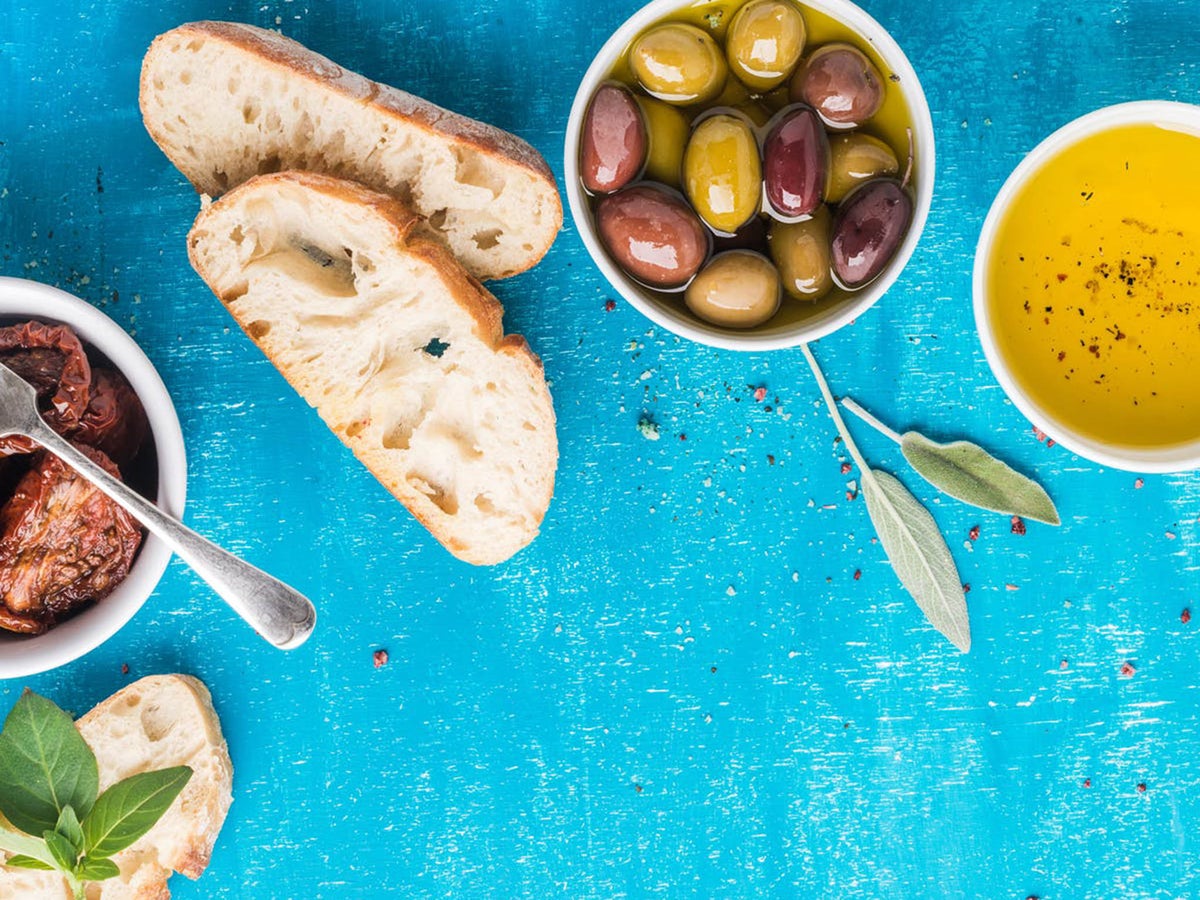
A breastfeeding mother's diet must include a nutritious, balanced meal that is both healthy and meets the needs of her baby. Consider eating foods from all the food group, with a special emphasis on fruits or vegetables. Instead of refined sugar, choose whole-grain products, low-fat dairy products, and a variety of protein sources. Water is essential, with the Institute of Medicine of the National Academies recommending that you consume 2.7 liters of fluids per day.
A breastfed mother should drink at least one to two large glasses of water throughout each breastfeeding session. Breastfeeding mothers should drink three to four liters each feeding session. The milk should be clear and pale without any trace or color. Also, breastfeed mothers should consume foods high in calcium and iron as well as vitamin D.

Breastmilk must also contain other nutrients. Milk is rich in calcium, which is a key element in the development of the infant's bones. For more calcium, mothers who are lactating should also consume milk, tofu and chia seeds. Iron is also a good source. For a baby's growth and longevity, it is important to take care of their health.
A breastfeeding mother should increase her daily food intake by 3 to 5100 calories. Many women opt for a higher calorie intake when they are nursing a baby. Breastfeeding should mean that women consume between 300 and 500 calories more than usual. This is because the body of a new mom needs more energy to produce milk. She should consume at least five hundred more calories daily than she did before becoming pregnant.
In addition to protein, breastfeeding mothers should consume fat. This is an excellent way to promote breastmilk production. If the mother isn't obese or overweight, she can still take a vitamin or drink water. She can eat small amounts of food if she isn't full after drinking milk. She should also consume plenty of fluids. In addition to water, new moms should also consume plenty of fruit and vegetable juices. She should also consider eating a meal plan that contains lots of vegetables, fruits and whole grains if she feels hungry.

Mothers should not only eat protein but also eat more calories. Breastfeeding mothers need an additional 300-500kcal per day. The fat her body stores during pregnancy will supply the remainder of her daily caloric requirements. This will allow her to lose pregnancy weight and prevent the baby from becoming full-grown. You shouldn't eat spicy food, but they can cause colic.
FAQ
Can I eat fruits during intermittent fasting?
Fruits are great for you. They are full of vitamins, minerals as well as fiber, antioxidants and other nutrients. However, they contain sugar, which can cause blood glucose to rise. This can lead insulin resistance and weight increase. If you're looking to lose weight with an IF diet then you should choose fruits that are low in glycemic.
Why lose weight before you reach 40 years old?
Over 40s should be concerned about their health and fitness. It is also crucial to find ways to keep fit throughout life. Regular exercise, healthy eating, moderate alcohol consumption, and quitting smoking are all important.
It is also important to understand that as we get older, our bodies change. Our bones become weaker, and our muscles begin to shrink. The best way to slow down the aging process is to take care of ourselves.
Staying healthy and fit throughout your life is a great way to keep yourself young. These are:
-
Better sleep
-
Improved moods
-
Increased energy levels
-
Lower risk of cancer
-
A longer life
-
More independence
-
Better sex
-
Memory that is better
-
Concentration is key
-
Improved circulation
-
Stronger immune system
-
Fewer aches & pains
How do I create an exercise routine?
It is important to establish a routine. You must know what you will do each and every day, as well as how long it will take. This will help you plan ahead and prevent procrastination.
The second thing is to ensure that you have plenty of variety in your workout. You don't want to become bored with exercise because then you won't stick with it.
You should also keep track of how you are progressing. It's important that you keep track of the weight you have gained or lost over time.
It is easy to lose motivation after you have lost weight. On the other hand, if you gain too much weight, it becomes harder to stay motivated.
It is important to find the right balance between weight gain or weight loss. If you're not happy with where you are, then you'll be less likely to continue exercising.
Statistics
- Another study found that 24 weeks of weight training led to a 9% increase in metabolic rate among men, which equated to burning approximately 140 more calories per day. (healthline.com)
- One 6-month study showed that simply doing 11 minutes of strength-based exercises 3 times per week resulted in a 7.4% increase in metabolic rate, on average. (healthline.com)
- A 12-week study in 20 women with obesity found that walking for 50–70 minutes 3 times per week reduced body fat and waist circumference by an average of 1.5% and 1.1 inches (2.8 cm), respectively (healthline.com)
- According to Harvard Health, it's estimated that a 155-pound (70-kg) person burns around 167 calories per 30 minutes of walking at a moderate pace of 4 mph (6.4 km/h) (5). (healthline.com)
External Links
How To
How to Intermittent Fasting
Intermittent fasting, a type of dieting that allows you to only eat one time per week, generally Monday through Friday. This allows you to reduce your calorie intake and still get adequate nutrition. It is believed that this will help you burn fat quicker than if the meals are regular for the whole week.
The most common type of IF is to restrict calories on specific days of the week. This would be a way to skip breakfast and eat whatever you want throughout the day. You could also choose to eat three small meals daily rather than two large ones.
You can choose from many different types of intermittent fasting such as alternate day fasting (alternative day fasting), 5/2 fasts (8/4 fasts), 16/8 fasts, and so on. There are pros as well as cons to each form of intermittent fasting. Alternate day fasting, which doesn't require you to change your lifestyle, is the best way to get started. However, for some people it can be difficult to follow a strict diet, so they may prefer to explore other options.
I recommend alternate-day fasting if you're starting an intermittent fasting regimen. This will allow your lifestyle to be gradually altered while you transition into more extreme fasting.